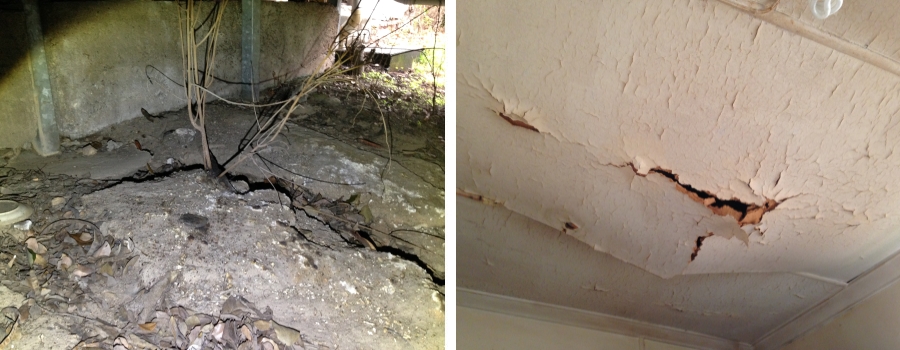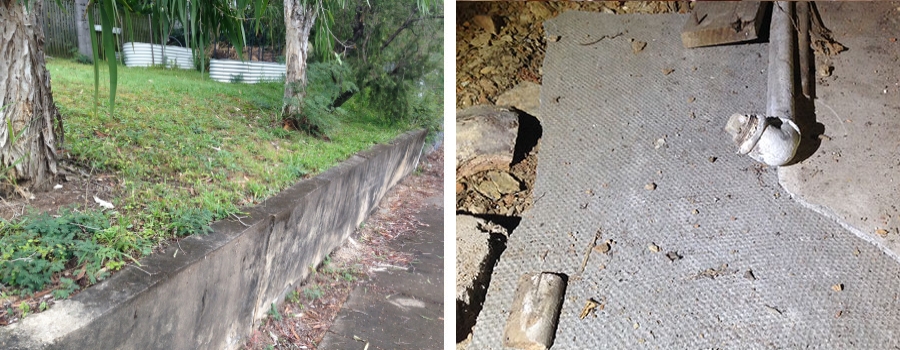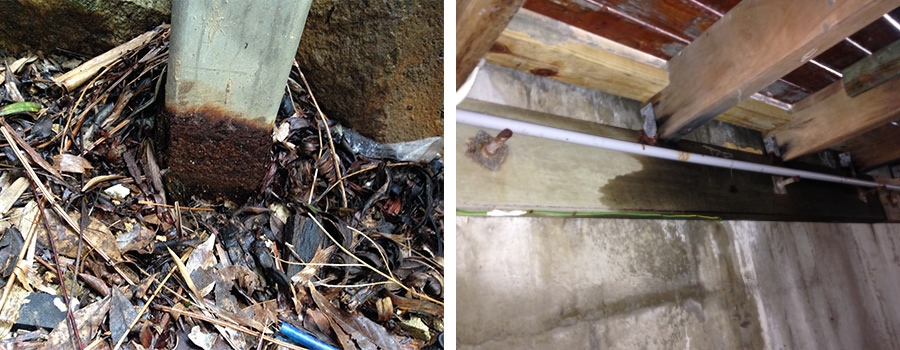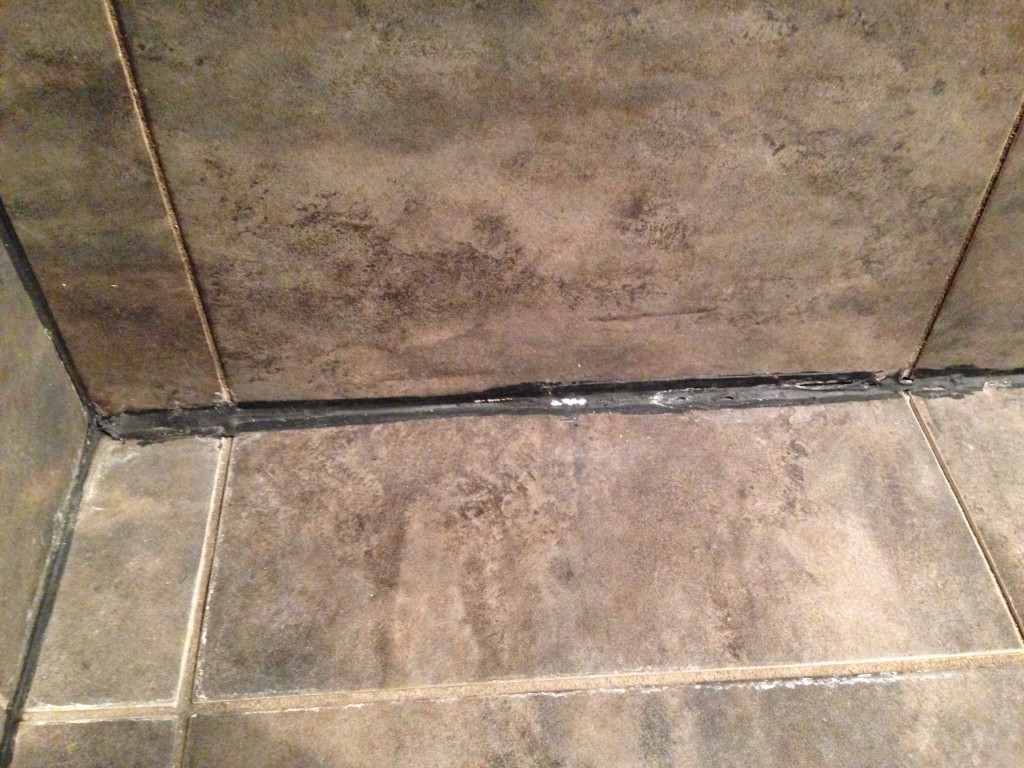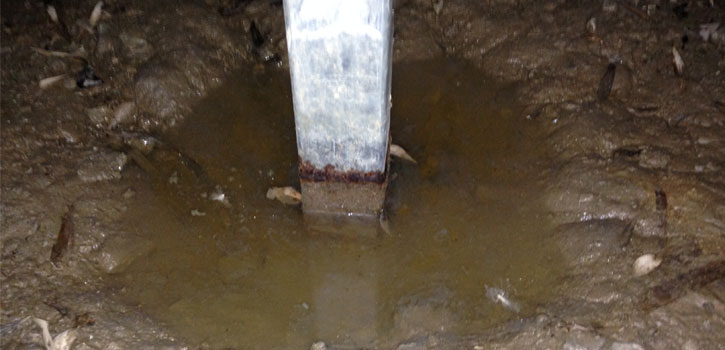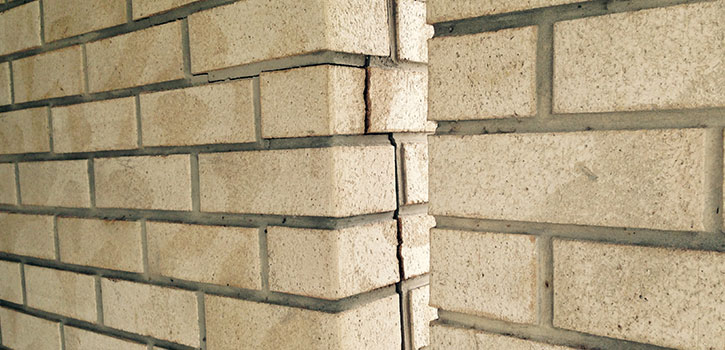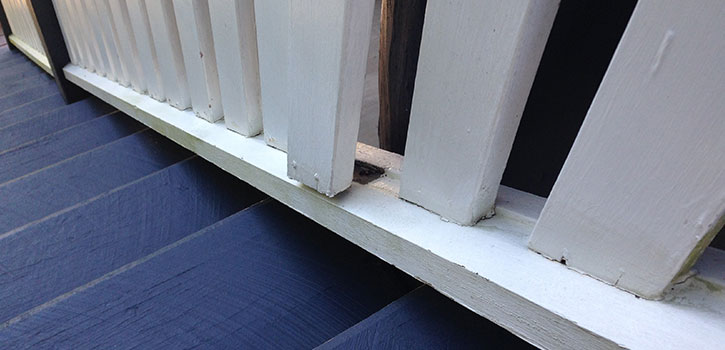Trees, Tree Roots & Their Impact On Structures
The root systems of some trees, can cause interference to structures and this can be evident by cracks in brickwork and can also have a damaging effect on masonry slabs (driveways and footpaths etc). Structures that are built on isolated pier footings systems (concrete stumps, steel columns etc) are far less likely to suffer damage as a result of tree roots impacting the footings however geotechnical engineers generally apply the same recommendations when preparing site/soil specifications for all houses, including those more prone to damage from tree roots i.e. slab on ground structures. Tree roots seek out moisture under slabs, pavers, masonry paths and driveways where there is less evaporation and this activity is heightened during drought periods. Tree roots can exert upward pressure under light weight structures such as driveways, paths, garden walls etc. and the soil around the footings of heavy structures such as slab on ground brick buildings can be depleted of moisture because of venturing tree/scrub roots. This change in the soil’s condition, results in ground shrinkage around the structure’s concrete footings and this can result in the movement and settlement of the footing. It is then that cracks can suddenly appear in the structure itself and this is more prevalent during drought like conditions.
AS 2870-2011 “Residential Slabs and Footings” advises that trees growing in extremely reactive soils (Class E sites), should be planted a distance equivalent to 1½ x mature height from the house. For highly reactive soils (Class H), 1 x mature height and moderately reactive soils, (Class M sites), ¾ x mature height. Soils on which houses are constructed, can be split into 2 approximate groups – granular and clay. Only on site testing by a geotechnical engineer can classify soil types and this is beyond the scope of this inspection. In all cases, for the best property management you should establish the classification of your foundation material, so the correct maintenance can be applied. Trees play an important beautification and natural role and in reality if strictly applied, this would see most properties looking barren and stark. Planting the most appropriate tree/shrub in the right area, appears to be the key. State departments overseeing agriculture can give information regarding root patterns, volume of water needed and safe distance from buildings of most species. Botanical gardens and local authorities can also be a source of such information. CSIRO also have some worthy documentation, which can be obtained by contacting CSIRO Publishing.
While the previous ratios in the paragraph above refer mainly to root systems, large mature trees can on occasions be a safety risk especially during severe adverse weather conditions when they can be up-rooted and/or lose limbs. South East Queensland can experience sudden and violent subtropical storms with hail, heavy rainfall and strong gale force winds. These conditions normally occurring between the months of October through to March can be widespread or isolated. In order to ensure the best safety levels for inhabitants of the structure, the same principles should be adopted that are implemented during the footing design and that is that no tree should be within 1 ½ times the height of the tree from the structure.
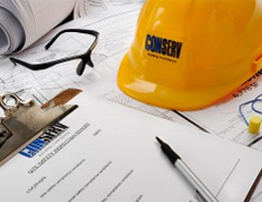



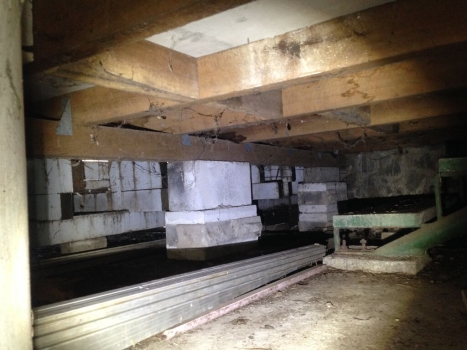
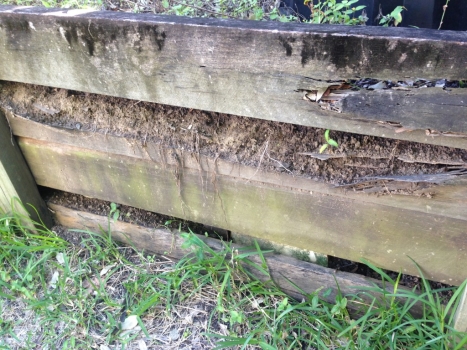
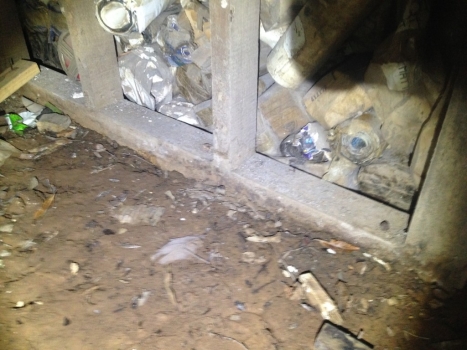
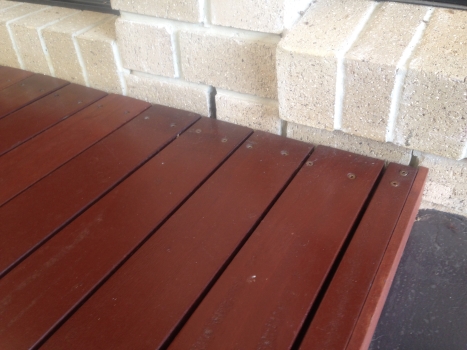
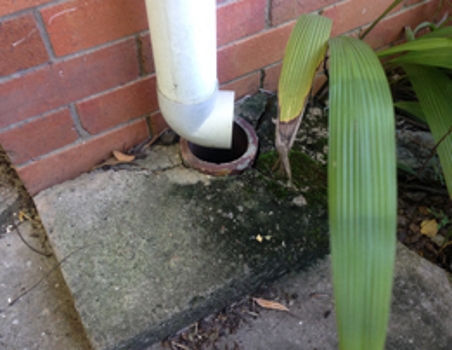 All too often during our inspections we identify areas which are conducive to the collection of retained ground moisture near a structure. Elevated moisture levels are known to provide conditions favourable to Timber Pest activity, particularly termites, and it is vital that every effort be made to avoid these risks. The most common causes of retained ground moisture are inadequate surface water drainage, downpipes not connected to drainage outlets, no gutters in place for roofing areas, outlet pipes for air conditioners, relief and overflow valves for hot water cylinders, corroding and join leakages of gutters and downpipes, defective or incomplete flashing and plumbing for rainwater tanks leaking. These are all issues which can be, and should be rectified, if they are in existence at a property.
All too often during our inspections we identify areas which are conducive to the collection of retained ground moisture near a structure. Elevated moisture levels are known to provide conditions favourable to Timber Pest activity, particularly termites, and it is vital that every effort be made to avoid these risks. The most common causes of retained ground moisture are inadequate surface water drainage, downpipes not connected to drainage outlets, no gutters in place for roofing areas, outlet pipes for air conditioners, relief and overflow valves for hot water cylinders, corroding and join leakages of gutters and downpipes, defective or incomplete flashing and plumbing for rainwater tanks leaking. These are all issues which can be, and should be rectified, if they are in existence at a property.